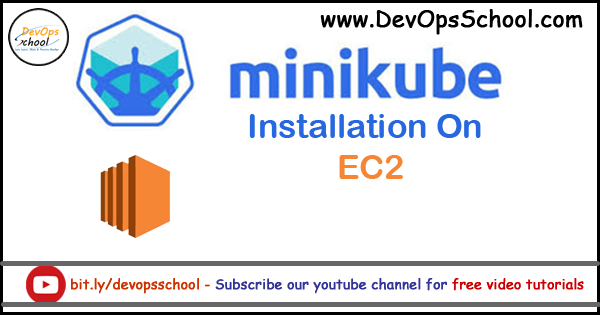
Kubernets’s is a demanding technology and needs lots of hands on and through practise to master it. Luckily we have tools to bootstrap single node cluster on kubernete’s where we can go, practice and get our hands dirty.
WE are going to talk about everyone’s favourite Minikube, a single node cluster bootstrapping tool, we are going to install minikube on and EC2 instance 🙂 Kubernetes + AWS = Fun.
Let’s start with launching EC2 instance and doing SSH into it, I’m starting a micro instance having minimum of two 2 cores of CPU of ubuntu 18+ LTS version for this demo.
Minikube requires minimum of two cores to run as per latest update
Step 1. Install Kubeclt command line client for minikube, which is used to interact with kubernete’s cluster.
curl -LO https://storage.googleapis.com/kubernetes-release/release/`curl -s https://storage.googleapis.com/kubernetes-release/release/stable.txt`/bin/linux/amd64/kubectl
Step 2. change permission of the binaries, and move to user folder.
chmod +x ./kubectl sudo mv ./kubectl /usr/local/bin/kubectl
Step 3. Install docker, there are many ways to do it. We will use shell script for this.
curl -fsSL https://get.docker.com -o get-docker.sh
sh get-docker.sh
Step 4. Install minikube, one can combine the commands into one command with &&
$ curl -Lo minikube https://storage.googleapis.com/minikube/releases/latest/minikube-linux-amd64 $ chmod +x minikube $ sudo mv minikube /usr/local/bin/
Step 5. Become root, for missions.
sudo su
Step 6. Start minikube, with no vm args
minikube start --vm-driver=none
Steps 7. Check status.
minikube status
Thats all folks !
Note: We are running classroom batches on all of the Devops toolset, feel free to enquire about them ! locations covered Delhi, Hyderabad, Bangalore and Chennai.
- Jenkins Tutorials: Installing Jenkins on Tomcat - September 3, 2023
- Jenkins Tutorials: Install Jenkins as Docker Container - September 3, 2023
- Jenkins Tutorial: Install Jenkins on Ubuntu - November 27, 2022

